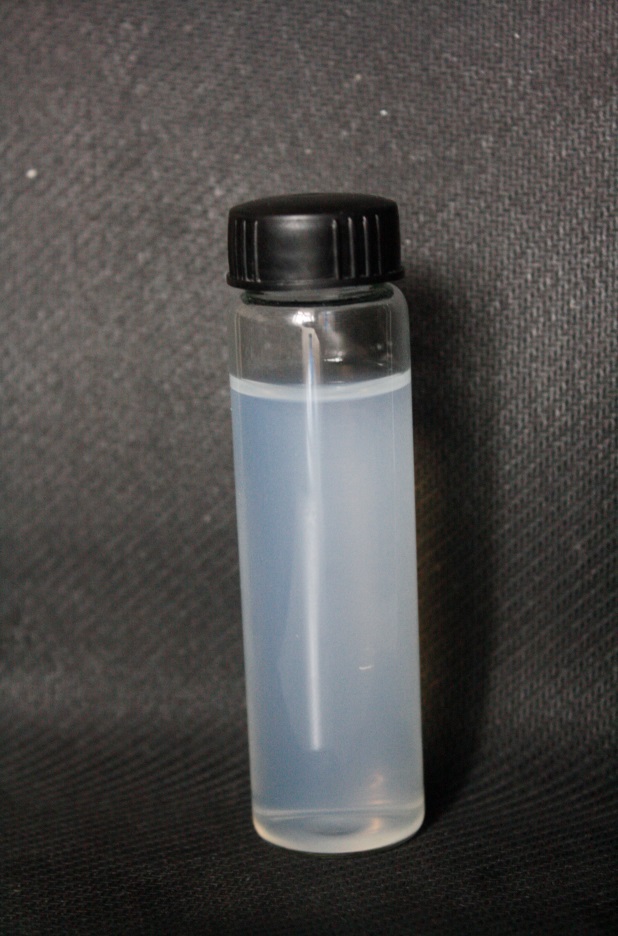De Nora Acquires Miox

So what makes a steam trap so important?
Well first, let?s quickly review the purpose and function of a steam trap. When steam condenses in a pipe the resulting pure water produced is called condensate. Condensate acts as a heat transfer barrier to the remaining steam in the system and so it must be removed to maintain maximum efficiency. To do this most steam systems have multiple steam traps plumbed in throughout the piping system. These steam traps were installed to remove the liquid condensate and air from the pipe so that pipe stays filled with ?dry?? steam. As the trap allows the dry steam to pass, it redirects the hot liquid condensate to a condensate receiver where it can be reused in the boiler. This also helps maintain the steam system?s overall efficiency by recapturing the resulting heated water to make new steam with less energy and with less boiler water treatment chemicals than would be required if the water was straight make up from cool city supply.
There are many different types of steam traps, and they are often chosen because they fit a very specific function in the overall steam system design. The four most common steam trap designs are:
Mechanical ? In these traps a volume of condensate will move a float to open the trap and allow the condensate to move out of the main pipe.
Fixed ? These traps are also called fixed orifice traps because they have a preset hole in the orifice plate that allows condensate to drain from the main pipe whenever it is present. These When condensate is not present, these types of traps will usually have a small amount of dry steam escaping from them.
Thermostatic ? The difference between the temperature of the condensate and the temperature of the steam is what actuates this type of trap to open and allow the condensate to drain from the main pipe.
Thermodynamic ? These traps operate by pressure. The pressure difference between the cooler condensate and the hot steam cause a disc to open to allow condensate to drain from the main pipe. When there is less condensate, the pressure changes and the disc moves to the closed position allowing dry steam to move through the main without escaping.
Every steam system is different and some steam trap designs fit certain applications better than others. Choosing the correct type of steam trap can make a big difference to your overall steam system efficiency, and therefore, it is always recommended to seek the advice of a mechanical engineering professional when making changes to your steam system piping.
So what can you do to avoid steam trap failure?
Traps can fail for all types of reasons. Corrosion from poor water treatment, damage from water hammer, and metallurgical issues from extreme temper changes can all affect a steam traps performance. Sometimes it is easy to determine that a trap has failed. There could be steam blowing in to the condensate receiver; there could be steam flashing issues, or severe pump cavitation ? which could all be indicators of a failed steam trap. Smart facilities avoid these things altogether by having a proactive steam trap maintenance program in place. Depending on the size of your facility?s steam system, hiring a professional steam trap maintenance firm could literally be worth its weight in gold. These companies specialize in yearly steam trap maintenance and trouble shooting and their cost is usually far outweighed by their benefits.
Just remember: Choosing the right steam trap maintenance firm is like anything else; do your homework and get referrals! Ask your industrial water treatment service provider for help if you need it and stop senseless steam loss today! Also, if you would like learn more about the common operational issues that happen with steam boiler water treatment, please download our eBook ?10 HUGE Mistakes Facilities Make in Boiler Operation and How to Avoid Them!?? It?s FREE at the link below.
Thanks for reading!
Greg Frazier is an Industrial Water Treatment Specialist and is currently the Managing Partner of Clarity Water Technologies, a top Water Treatment Company and one of the best HVAC Cleaning Companies in New York. He has over 18 years of Industrial Water Treatment experience and holds a degree in Chemical Engineering from the University of Tennessee.